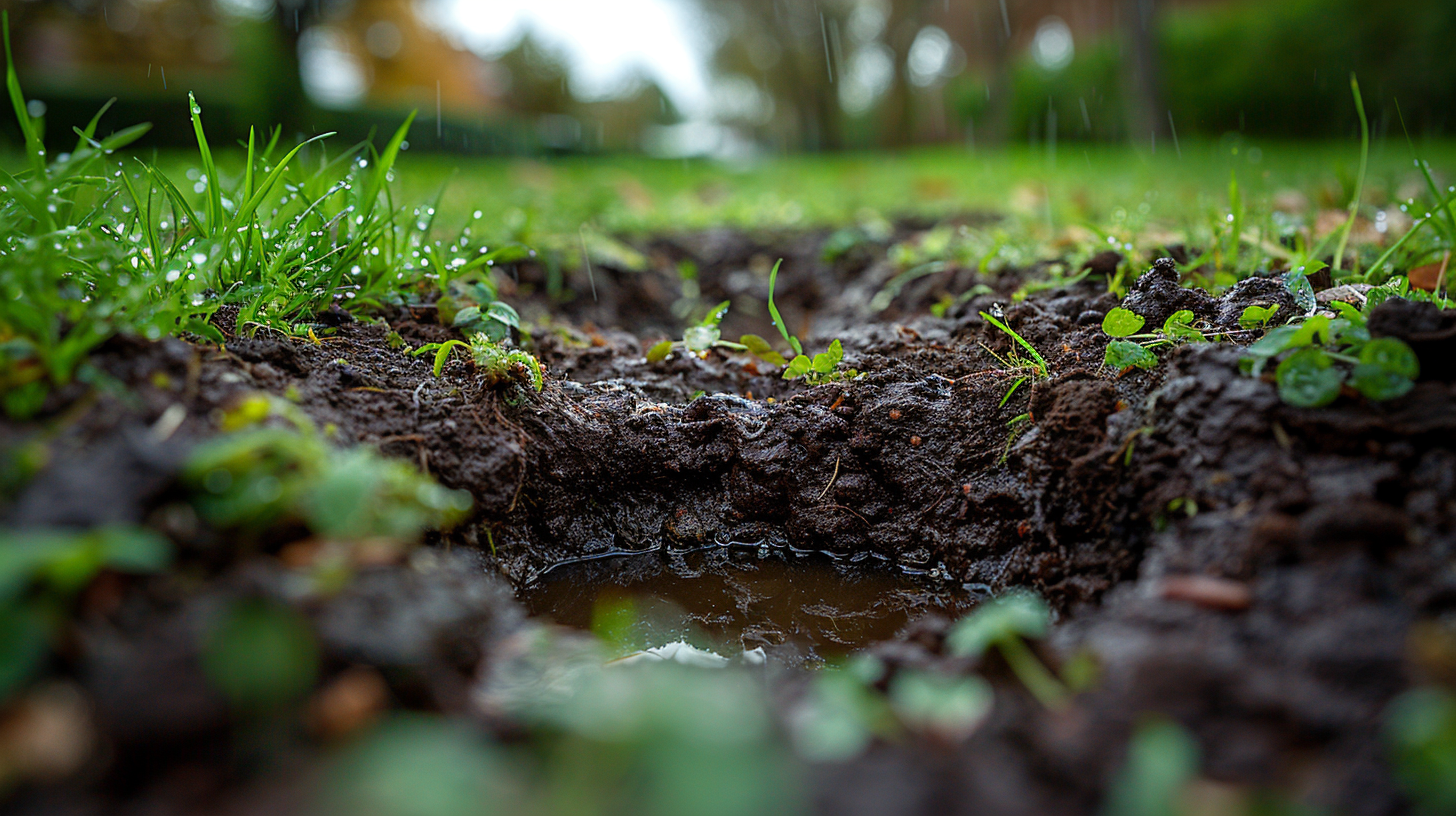Key points
• Check Soil Permeability: It’s important to test the soil before putting in a septic system. You need to know how fast the soil can soak up water. If the soil doesn’t absorb water well, the septic system might not work right and could pollute the groundwater.
• Pick the Right Septic System: The results of soil tests help you decide what kind of septic system you need and how big it should be. Different kinds of dirt might need different systems to make sure they clean the wastewater well without getting overloaded.
• Follow the Rules: Usually, you have to do soil testing to follow local laws about the environment and health. This makes sure your new septic system won’t cause you legal headaches or fines.
Contents
- 1 Key points
- 2 Importance of Soil Testing in Environmental Health
- 3 Understanding Septic Systems and Soil’s Role
- 4 Grasping Soil Permeability
- 5 Purpose of Conducting a Percolation Test
- 6 Running a Percolation Test
- 7 Reading Test Results
- 8 Understanding Soil Porosity
- 9 Understanding How Soil Porosity Affects Wastewater Purification
- 10 Checking Soil Porosity Before Septic System Installation
- 11 Understanding the Water Table in Septic System Location
- 12 Finding the Water Table Depth
- 13 Impact of Seasonal and Climatic Variations on the Water Table
- 14 Basics of Creating a Drain Field for Soil
- 15 Understanding Soil for Good Absorption Fields
- 16 Changes in Design After Soil Tests
- 17 Role of Soil Testing in Meeting Environmental Regulations
- 18 Required Documentation and Standards for Soil Assessment
Importance of Soil Testing in Environmental Health
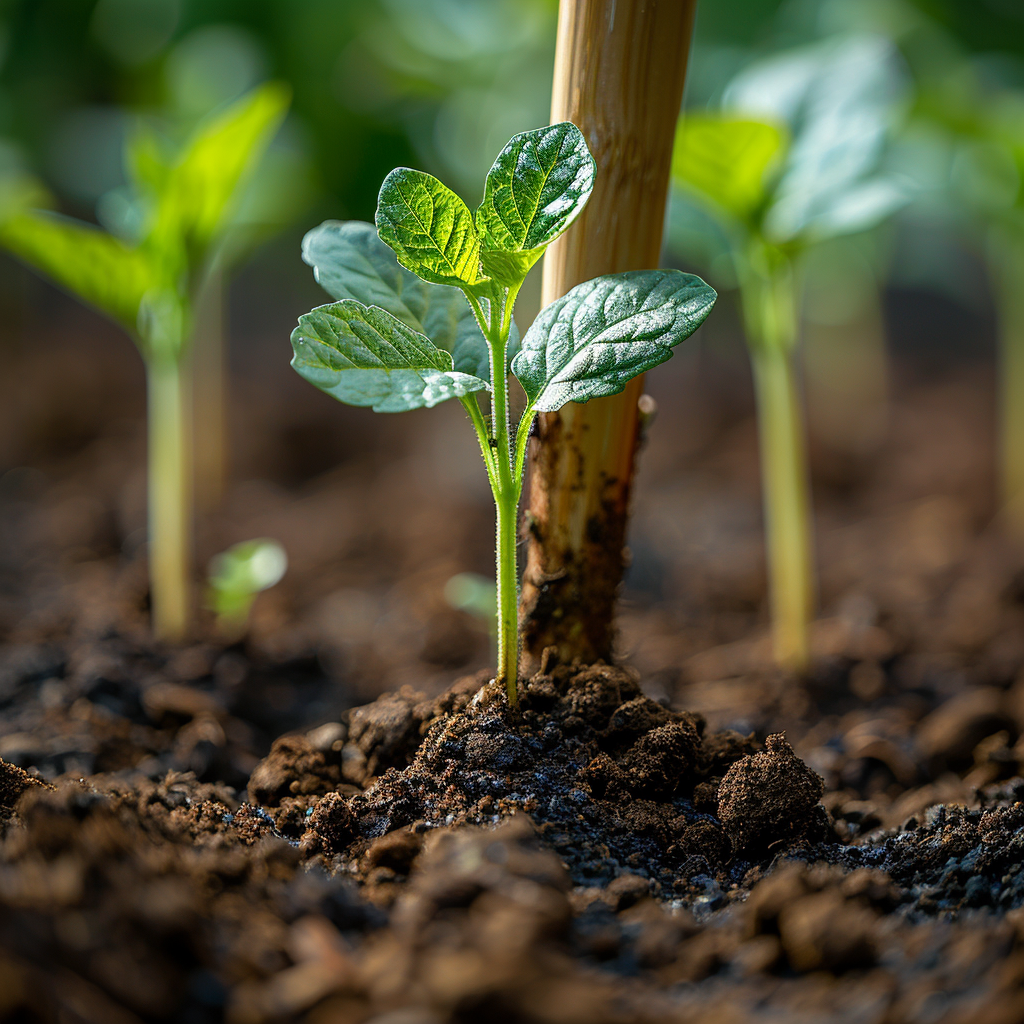
Checking your soil is key to keeping the environment safe. It stops dangerous chemicals from seeping into the water we drink, which can put everyone’s health in danger.
When you find out your property’s soil is just right, you can relax knowing your waste system won’t harm nature. Plus, knowing about your soil helps you dodge breakdowns that could hit your wallet hard with repair bills or legal penalties.
Understanding Septic Systems and Soil’s Role
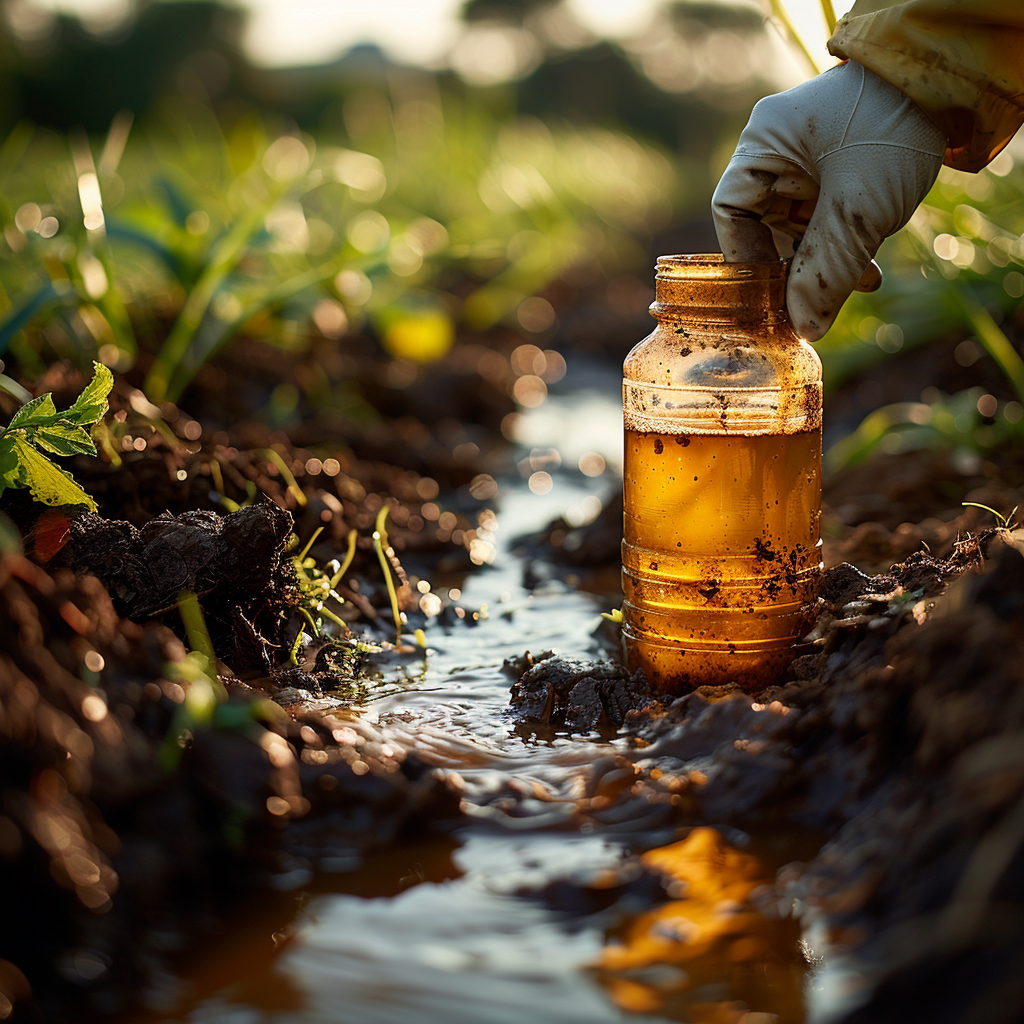
Septic systems aren’t independent; they need the right soil to work well. Here’s the deal: Waste from your house gets into the septic tank. In the tank, solids fall to the bottom, and bacteria break down the gunk. After that, the cleaned-up water moves to a drain field where the soil does its magic, taking out bad germs and nutrients. But this only goes smoothly if the soil’s up to snuff – it has to be the right type, let water through easily, and soak it up well. That’s why checking the soil is key before you put in a septic system. If you skip this step, you might have some serious trouble or health risks on your hands.
Grasping Soil Permeability
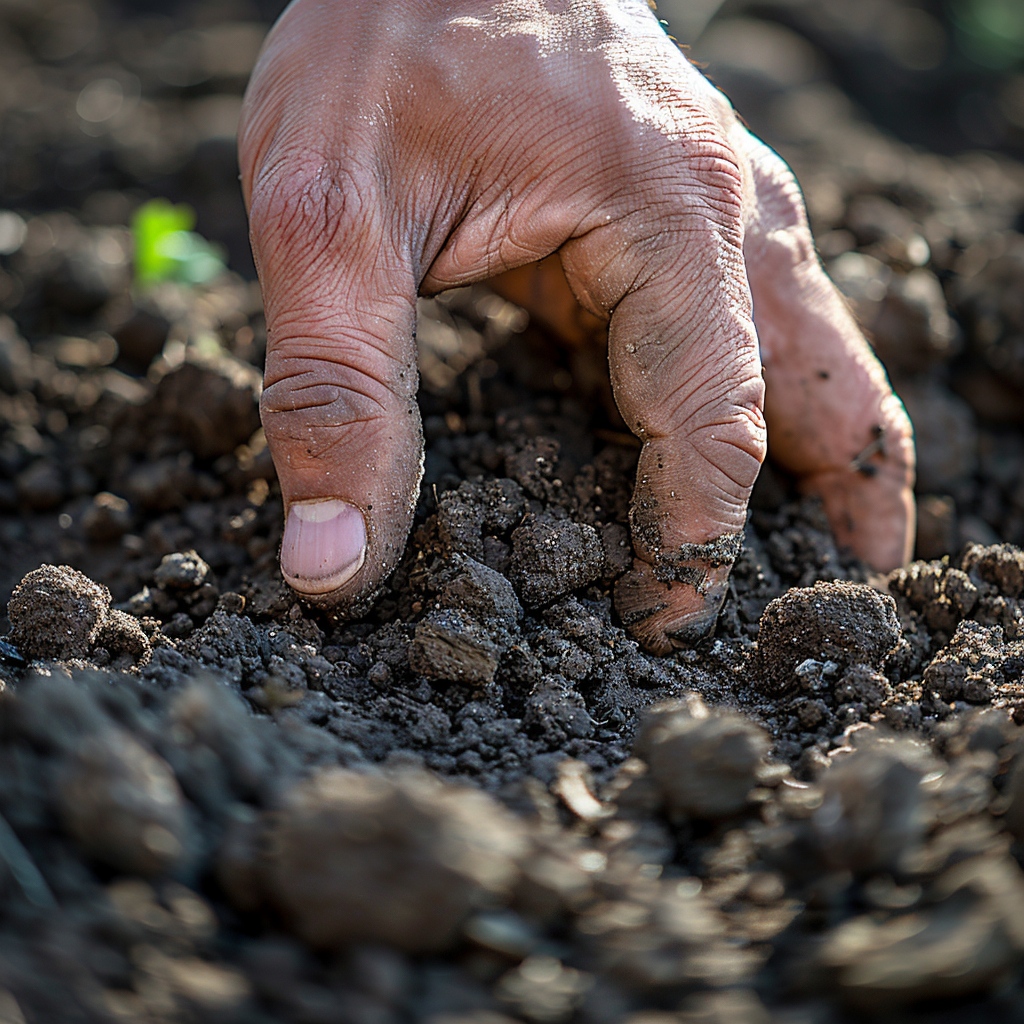
Soil permeability, also known as hydraulic conductivity, is an important property that shows how fast water can pass between the particles of soil. It’s really about how well the soil lets water travel through its little spaces. This trait is super important for putting in a septic system. It has a big impact on how well the system works to clean and spread out the wastewater.
Purpose of Conducting a Percolation Test
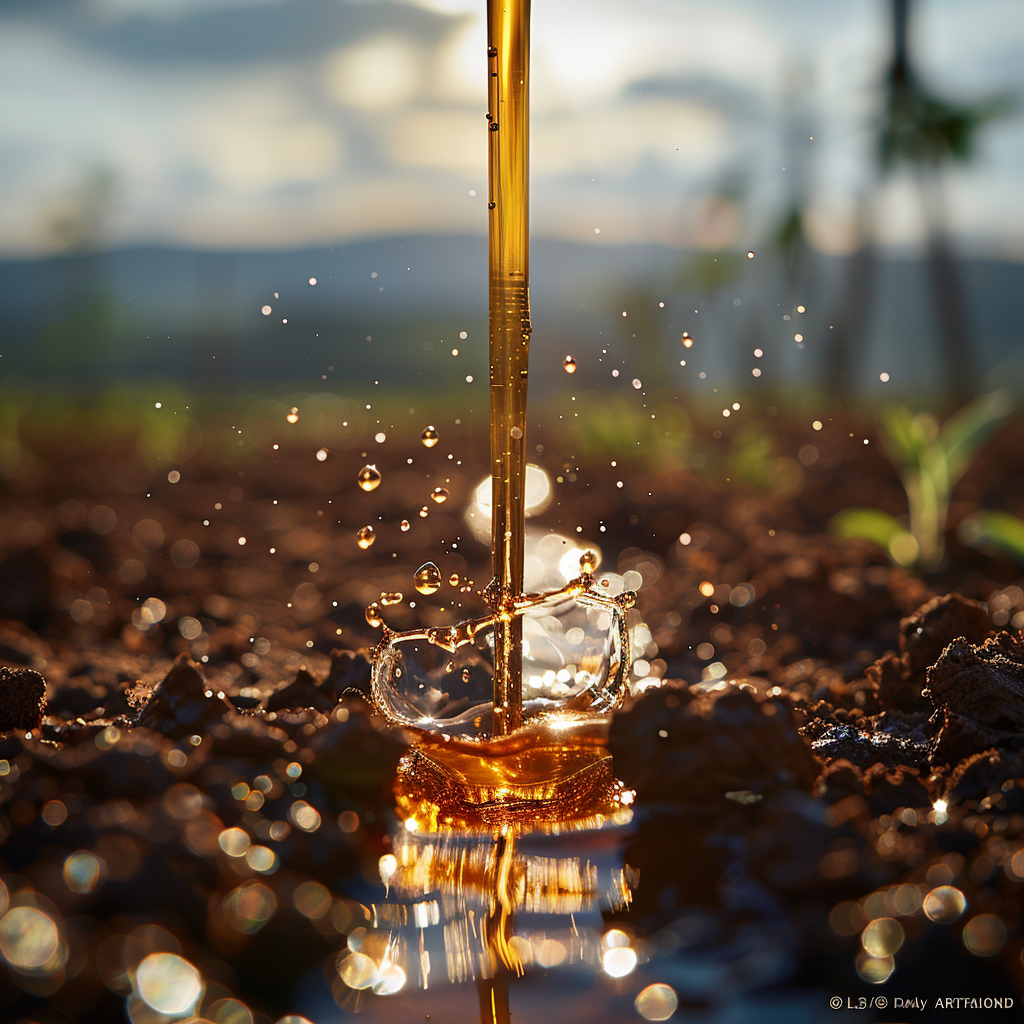
A percolation test, also known as a perk test, is done right on the property to make sure the soil can soak up water well enough for a septic system. The goal is to avoid problems with the environment and make sure your septic system won’t cause any health issues. Basically, it’s to see if the earth can take in and clean the waste water properly before it goes back into the underground water sources.
Running a Percolation Test
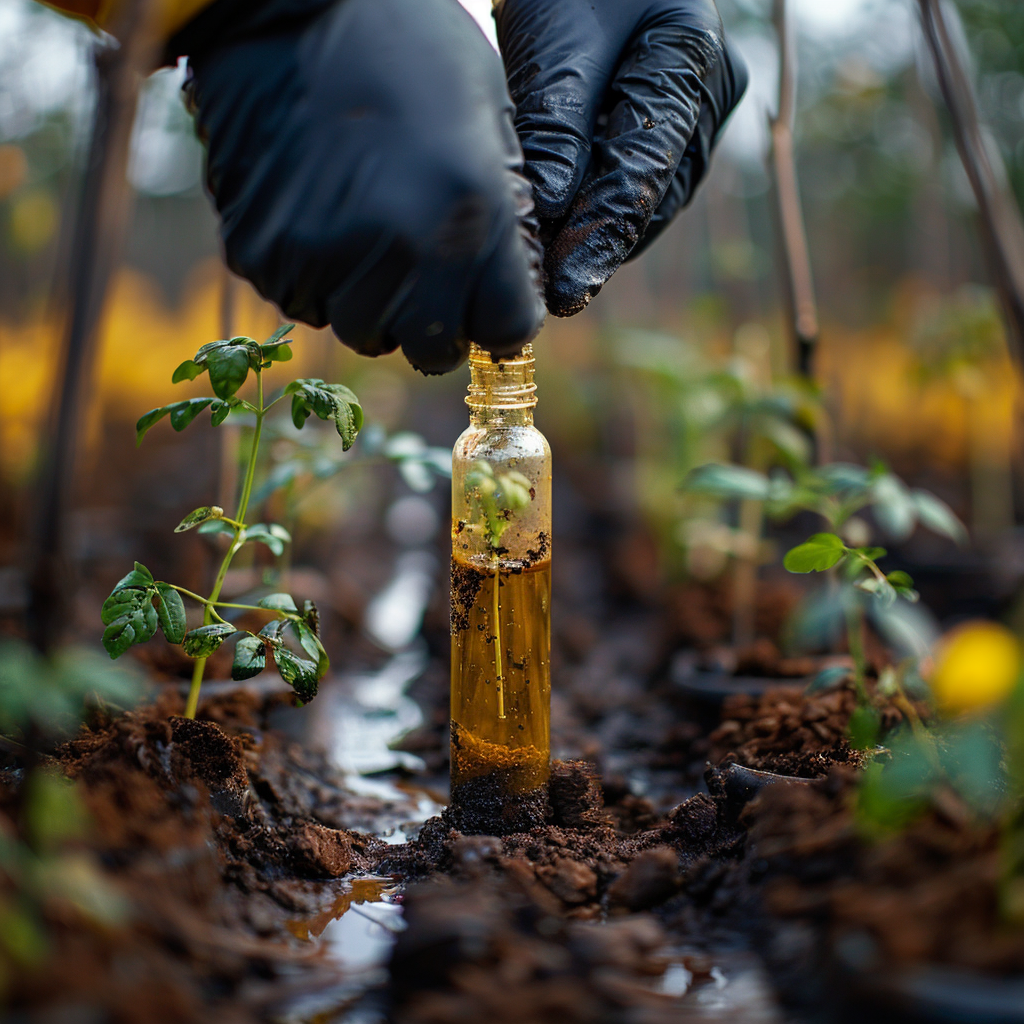
Carrying out a perk test requires following certain steps to measure how well the soil can absorb water. You start by digging one or more holes where you plan to have the drainage area. Fill these holes with water to soak the soil—this mimics when it’s wet. Then, make sure the water in each hole is at the same level to begin with, and keep track of how fast it goes down. The speed at which the water level falls tells you about the soil’s ability to take in water.
Reading Test Results
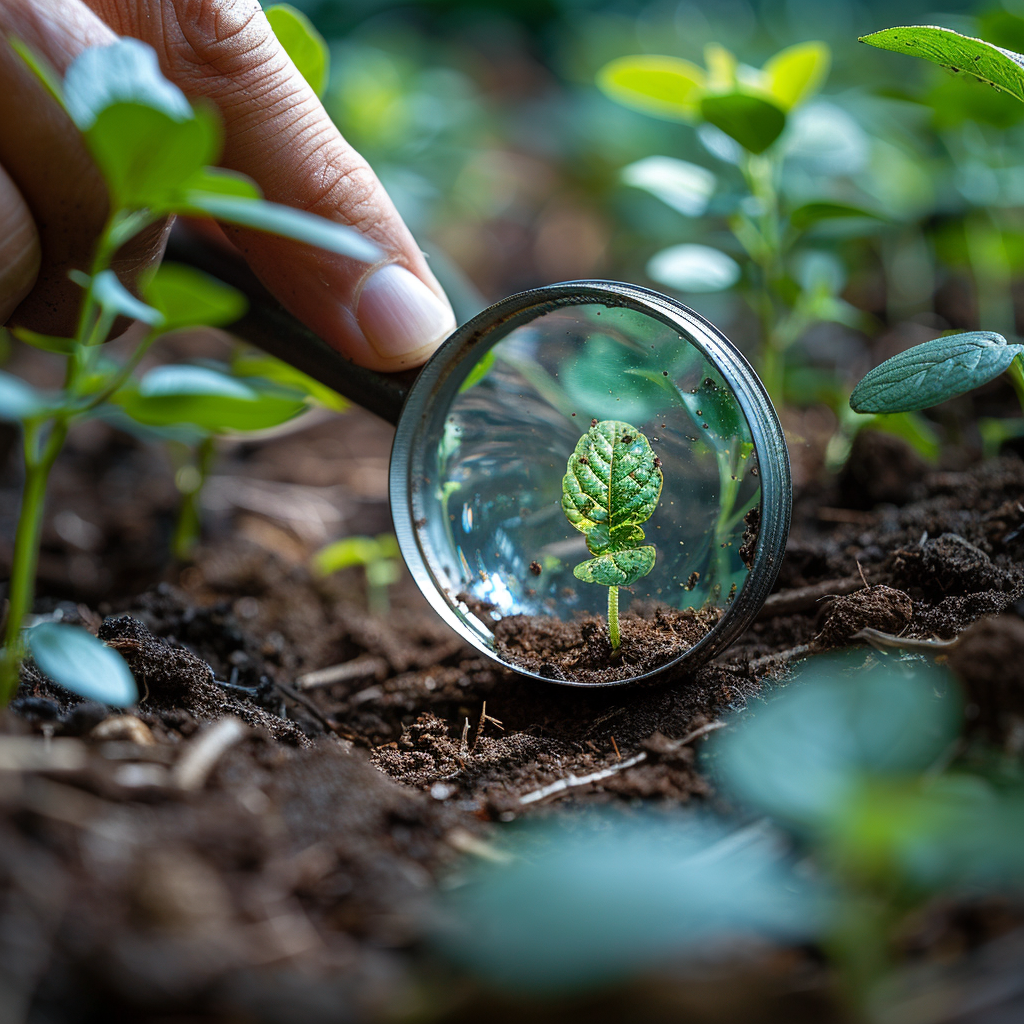
To decide on the right septic system, you need to understand how fast your soil absorbs water. Soils that don’t drain quickly may make you need bigger drainage fields or different systems. But if the soil drains too quick, it could mean your groundwater might get polluted because the dirty water didn’t get cleaned properly. There are rules about what makes a good speed for the water to soak away.
The size and kind of soil particles matter a lot for septic systems. You’ve got sand, silt, and clay to think about. They all affect how water and air move through the soil. You can feel the soil to guess at this, or use a tool like a hydrometer for a better answer.
How Soil Type Changes Wastewater Treatment
Sandy soils let wastewater flow fast because they’re rough and gritty. But if water moves too fast, it might not get clean enough. On the other hand, soil with lots of clay can be too tight, making water drain slow and possibly blocking the system. The goal is to have water moving steadily so it gets cleaned but does not cause backups.
How Soil Sticks Together Matters
The way soil sticks together changes how waste spreads out. If your soil clumps well and has gaps, then water can go through better and get purified before reaching the groundwater. But if your soil doesn’t have these clumps, waste won’t spread out right and could pollute nearby water or even come back up.
Checking Soil for Septic Systems
There are a few ways to see if your soil’s right for a septic system:
- Sifting soil – This sorts the bits of soil so you know what you’re dealing with.
- Clay test – Get your hands dirty! Mix soil with water and see how long you can roll it into a ribbon to guess the clay amount.
- Percolation tests – These tests show how fast water sinks into the soil and if it can hold enough water.
If you mess up checking your soil, you might end up with a bad septic system that doesn’t work right. It’s super important to check everything carefully so your system works well.
Understanding Soil Porosity
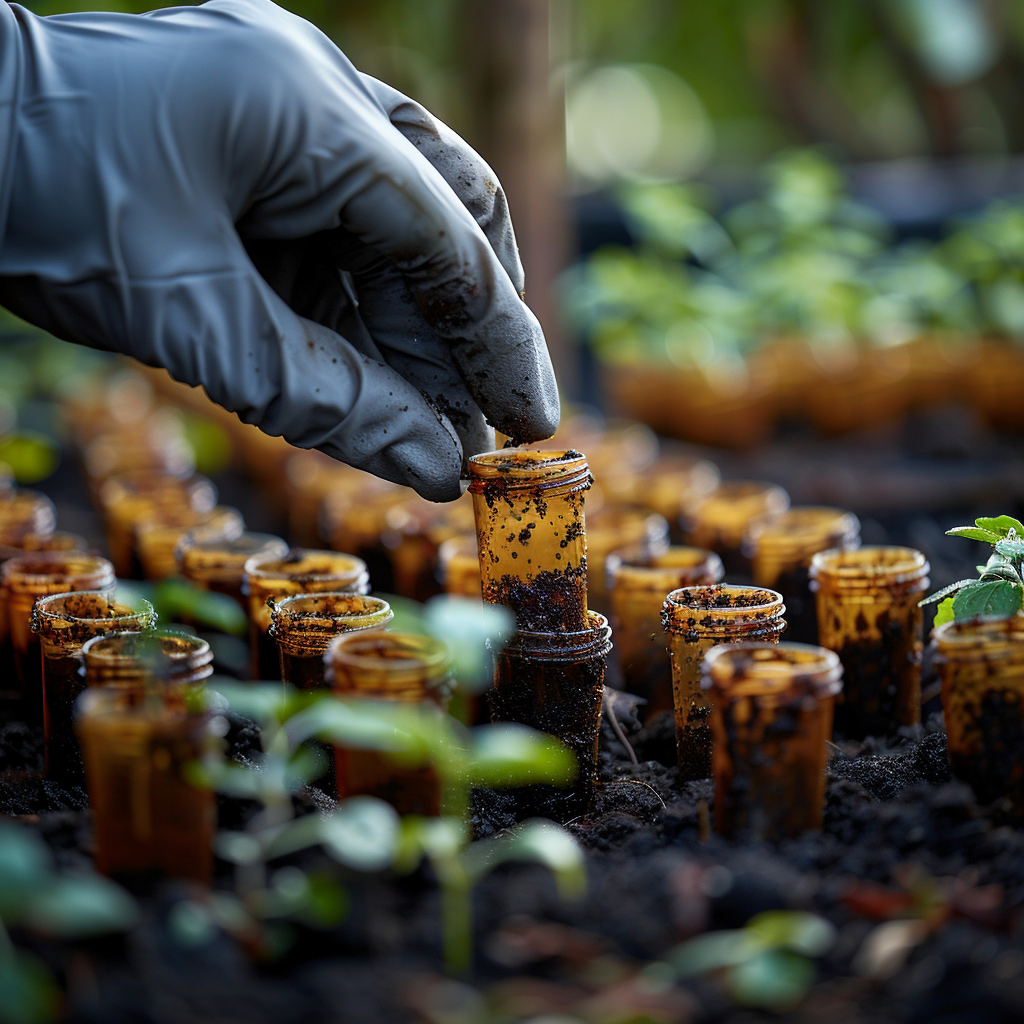
Soil porosity is about how the soil manages air and water, It’s key because it impacts root access to these elements and is vital for septic systems to function properly.
What Is Soil Porosity?
Basically, it’s the gaps between soil bits. These gaps differ in size based on the soil type, influencing water and nutrient flow. Big gaps mean good drainage but might not keep enough nutrients Less roomy pores, like in clay, hold water and goodies well but could mean slow drainage.
Role of Soil Porosity in Plant Growth
For healthy plants, a golden space for air and water in the soil is a must. When porosity is spot on, there’s just the right amount of room for the wet stuff to get to the roots, excess to go down the drain, and nutrients to remain accessible.
Understanding How Soil Porosity Affects Wastewater Purification
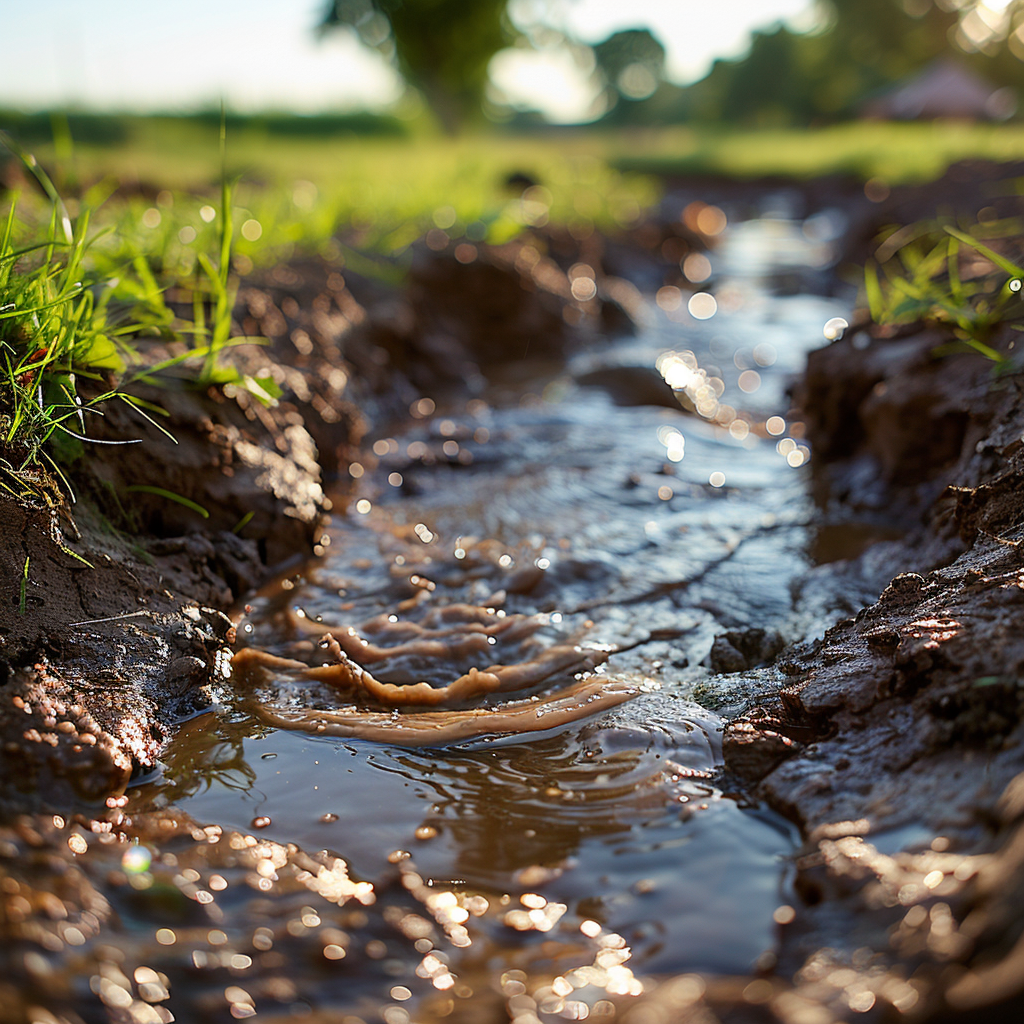
A septic system purifies household wastewater by trickling it through soil. The soil, full of tiny holes, traps and breaks down contaminants and bacteria. That’s why having the right kind of porous soil is critical—it ensures that the water is cleaned well before it mixes with groundwater.
How Soil Density Influences Wastewater Processing
When soil is too compact, water struggles to pass through, causing potential clogs in the system. Conversely, overly loose soil lets water zip through without adequate treatment, leading to possible environmental damage and health risks when this dirty water flows into rivers or lakes.
Finding the Perfect Balance for Soil in Septic Setups
The best type of soil for septic systems strikes a balance—not too tight, not too slack. It possesses just enough gaps to filter effectively, preventing water from speeding through before it’s properly purified.
Checking Soil Porosity Before Septic System Installation
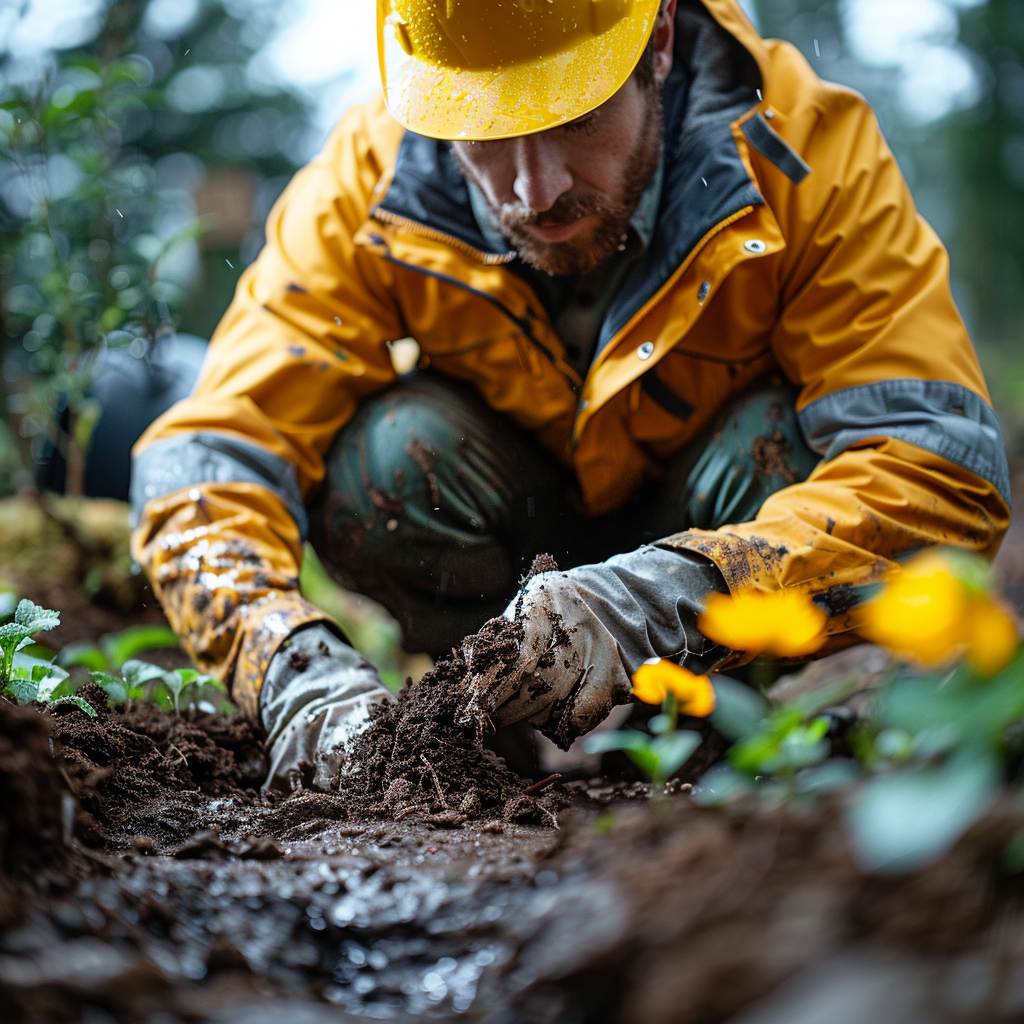
When it’s time to install a septic system, the soil needs to be examined first. There are several methods for doing so:
The Percolation Test
A widely used technique is the percolation test. This involves digging up a hole, pouring water in it, and timing how fast it disappears into the ground. It’s a way to measure if the soil can absorb the water discharged by a septic system properly.
Identifying Soil Type
Another step is identifying the soil type. Professionals categorize the soil by looking at its texture which could range from being gravel-like or sandy to more silty or filled with clay. Knowing the texture helps them guess how much water the soil can take in.
Direct Observation
Ocassionally, they might just examine the soil by sight and touch to understand its texture, giving them an idea of its porosity. While not as accurate as other tests, this method can offer a fast ballpark assessment.
To wrap it up, determining the soil’s porosity is crucial before you go ahead with a septic system installation. It makes sure wastewater is properly treated before it goes back into nature, and heads off expensive issues further down the line.
Understanding the Water Table in Septic System Location
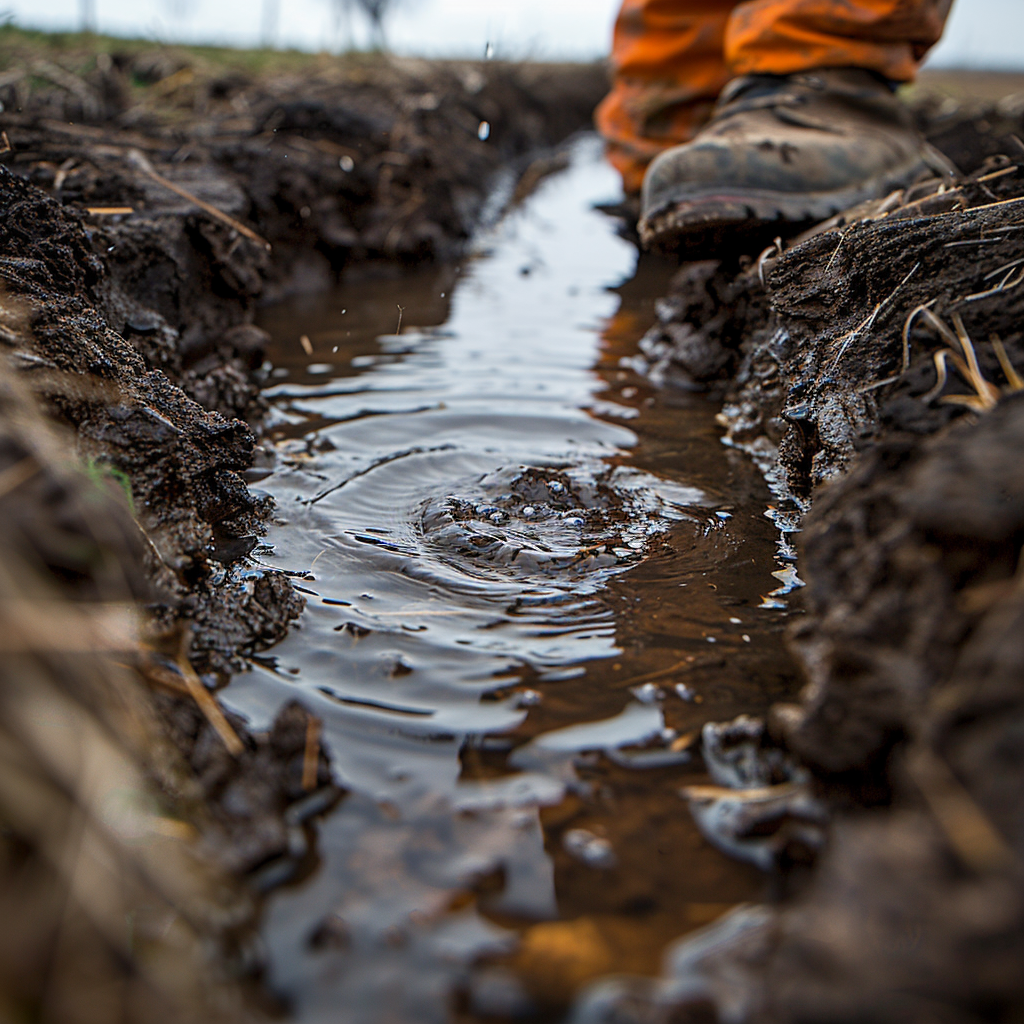
In setting up a septic system, it’s crucial to consider the water table. It’s essentially the dividing line where the ground shifts from being wet to dry. If the water table is too high, it’s bad news for septic systems—it means wastewater might not filter properly, risking pollution of nearby water bodies and health risks.
Finding the Water Table Depth
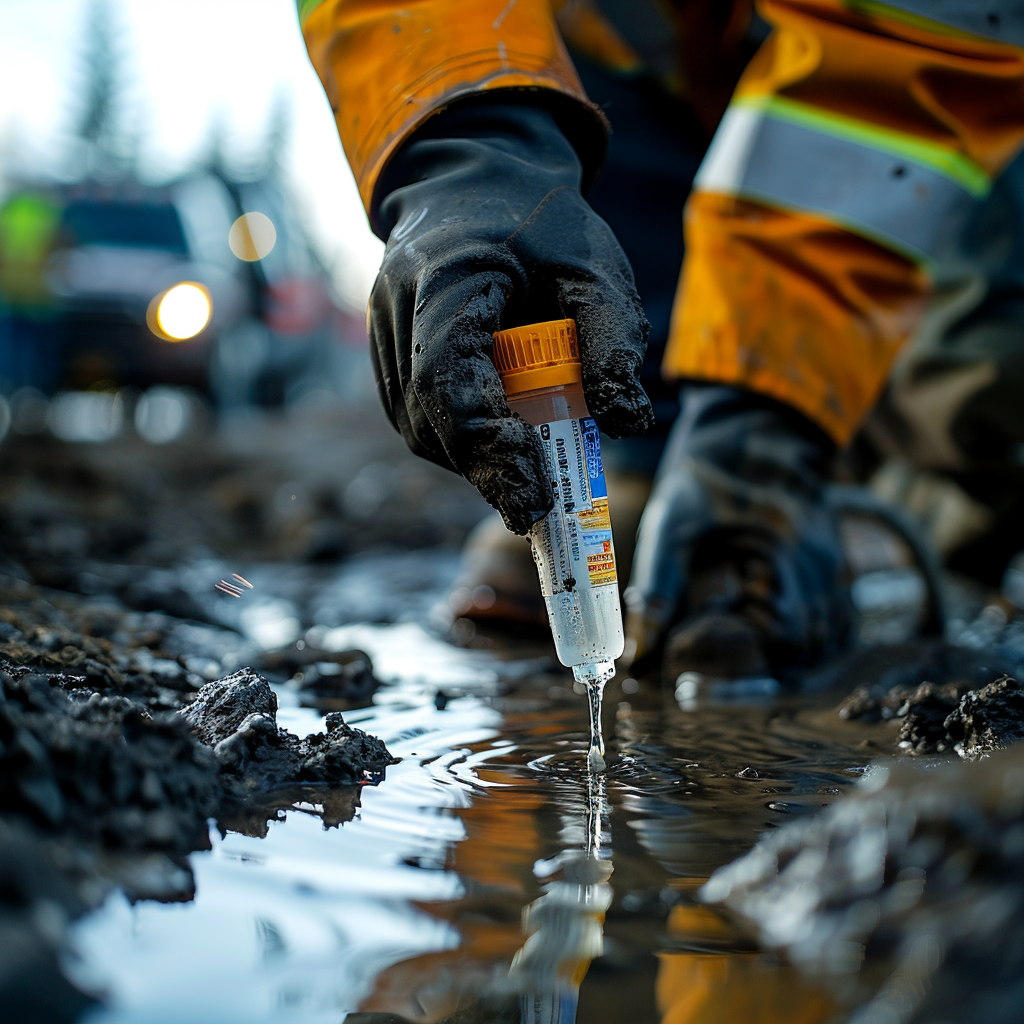
Experts find out how deep the water table is by digging wells called observation wells, and they might use high-tech tools like piezometers too. Sometimes they also look at old records, or they just see if there’s stuff like plants that need lots of water or wet soil that shows the water’s near the surface.
Impact of Seasonal and Climatic Variations on the Water Table
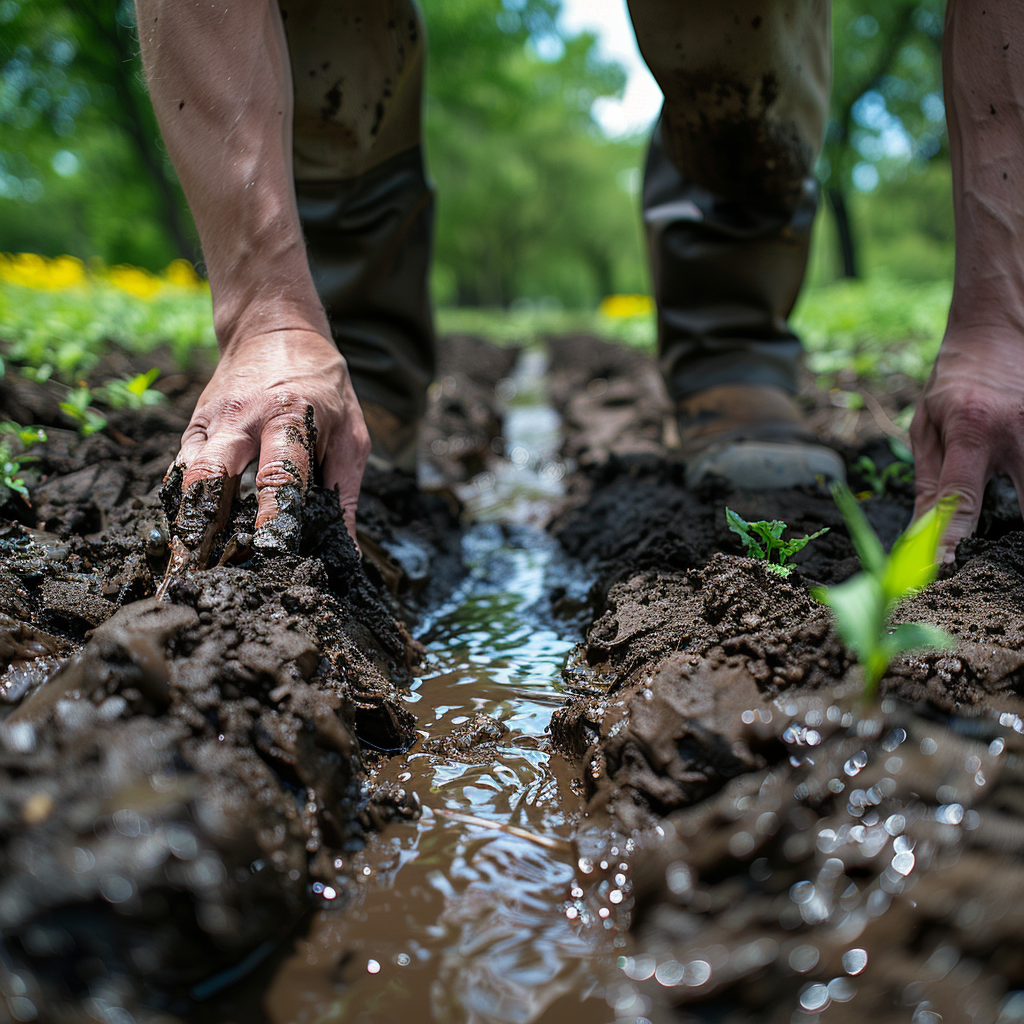
The water table’s level isn’t constant; it fluctuates. Seasons bring it changes, with a lot coming from things like big rainstorms or snow that melts. Also, climactic stuff such as long dry spells have an effect. So, ya gotta consider these ups and downs when you’re putting together a septic system. This way, it’ll run smoothly through all seasons and won’t stir up any trouble for Mother Nature.
Basics of Creating a Drain Field for Soil
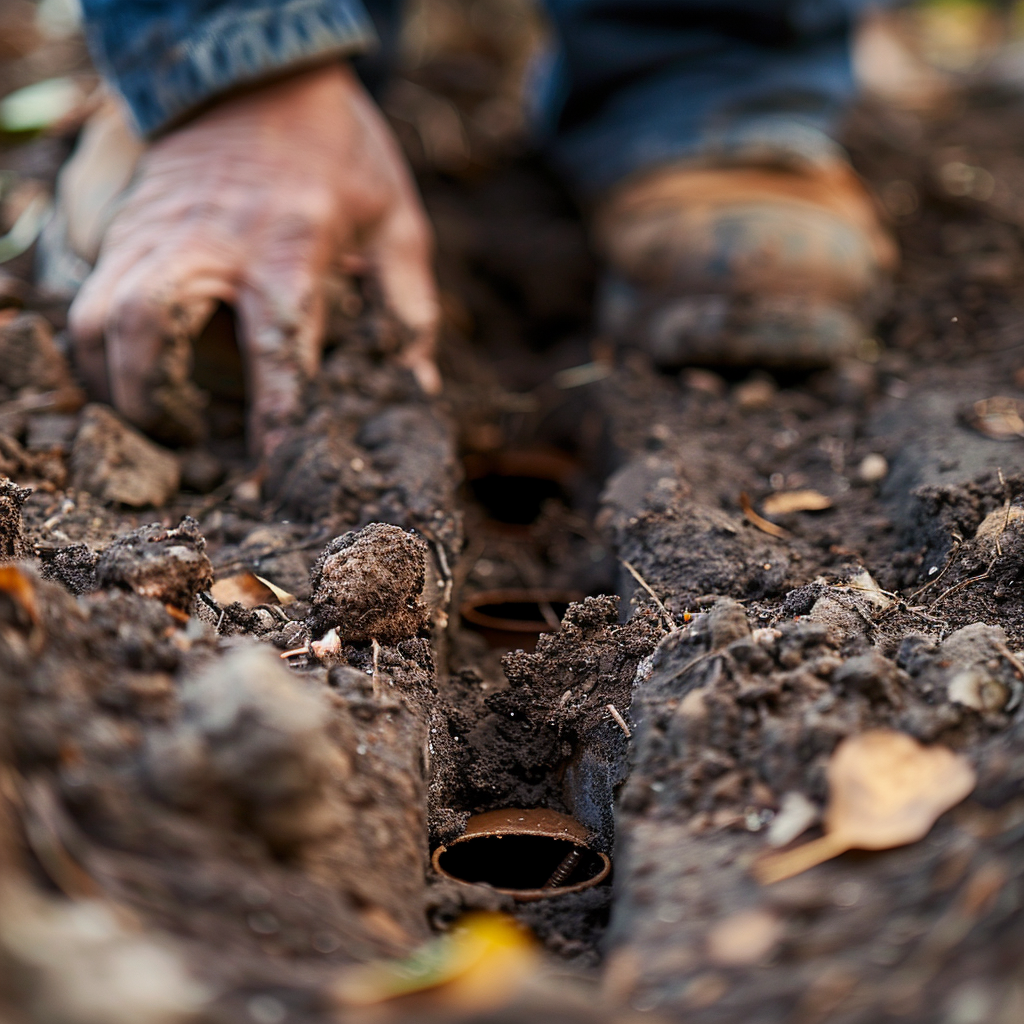
When you’re planning a drain field—a place where wastewater from septic tanks is processed—the main goal is to spread out the waste so it can be naturally cleaned by the ground before it gets into the groundwater. You’ve got to think about the land, what the ground is like, and how you’ll arrange everything. The dirt needs to soak up the water just right and clean it up without letting any bad stuff get through. You should make the area big enough to handle all the wastewater your home makes every day without getting overloaded, considering how many people are in your house and how fast the soil sucks up water.
Understanding Soil for Good Absorption Fields
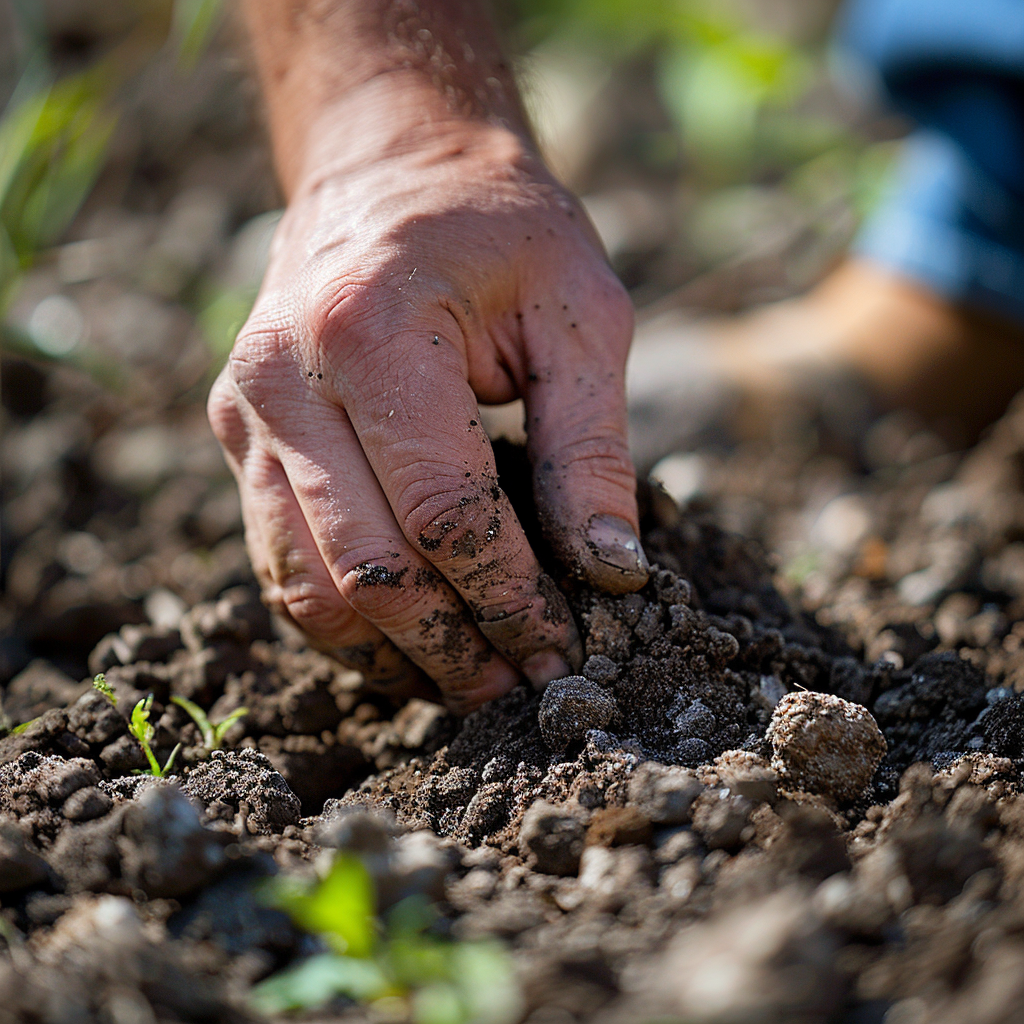
An absorption field works well depending on the type of soil. Soils like clay are not very good at letting water through when you compare them to sandy soils. The main things to look at in the soil include:
- Speed of Water Movement: This is about how fast water can go down through the different layers of soil.
- Soil Feel and Form: These are about how well the soil can hold onto and clean the wastewater.
- Distance to Seasonal Water Table: There needs to be enough space above the high water mark in the soil so it doesn’t get too wet.
- No Big Stones: Large rocks can mess up the even spread of the wastewater.
Getting the soil test right is really important because it helps you design the absorption field properly. If you don’t do this right, you might end up with untreated sewage on the surface or a system that doesn’t work, which can be dangerous for both people and the environment.
Changes in Design After Soil Tests
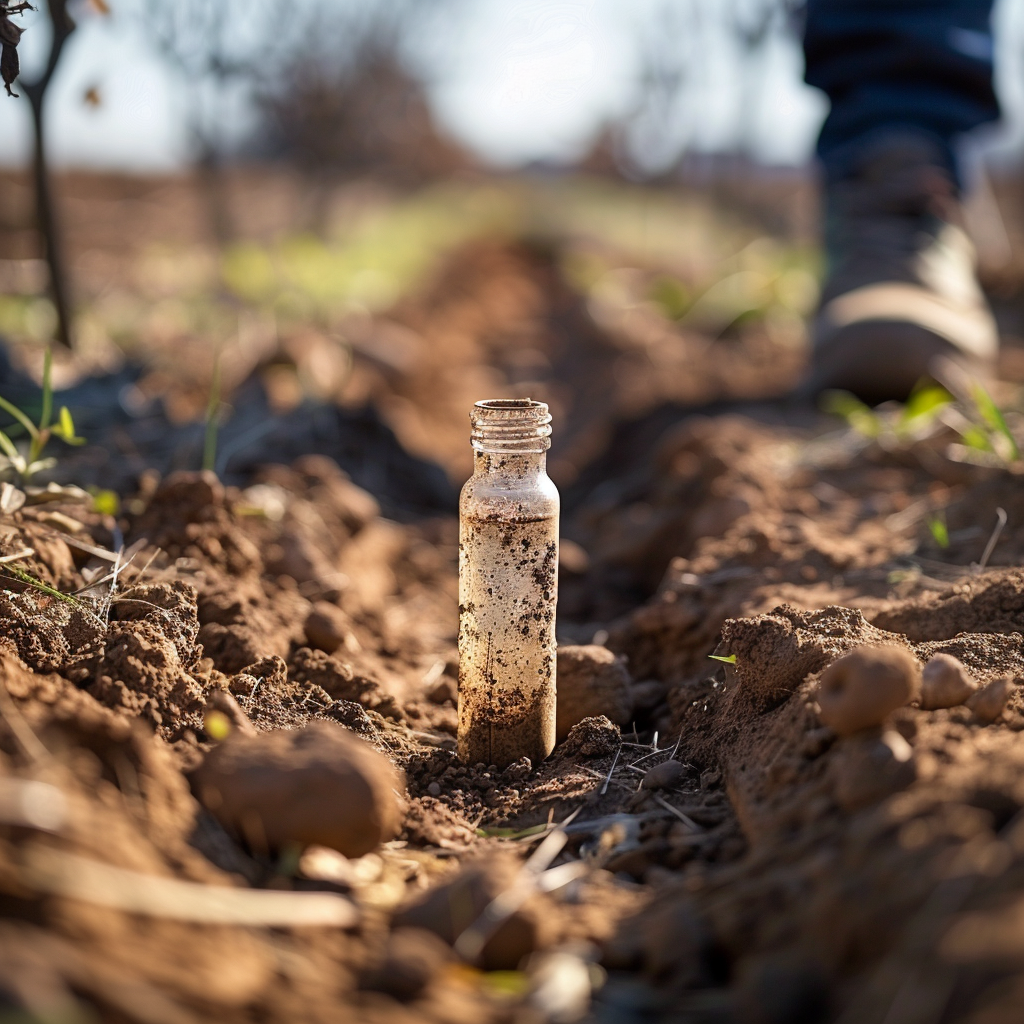
When soil tests are done, we might need to change how we make our absorption fields. The results of perk tests will help us figure out how big the field should be. Different kinds of soil require different sizes. If the soil isn’t great, we have to make some changes.
This could mean making the field bigger or adding things like sand filters before treatment. We could also use pressure dosing systems that help spread out the waste evenly, even when the soil’s not the best. Making these changes helps us stick to health rules while keeping the system working right and protecting nature.
Getting a septic system in place means following the rules that keep people and the environment safe. These rules help stop dirt and water from getting polluted. Testing the soil is important to these rules because it tells us if the soil can handle and clean the wastewater. By checking the soil carefully, we can avoid problems like dirty groundwater and stay on track with environmental rules.
Role of Soil Testing in Meeting Environmental Regulations
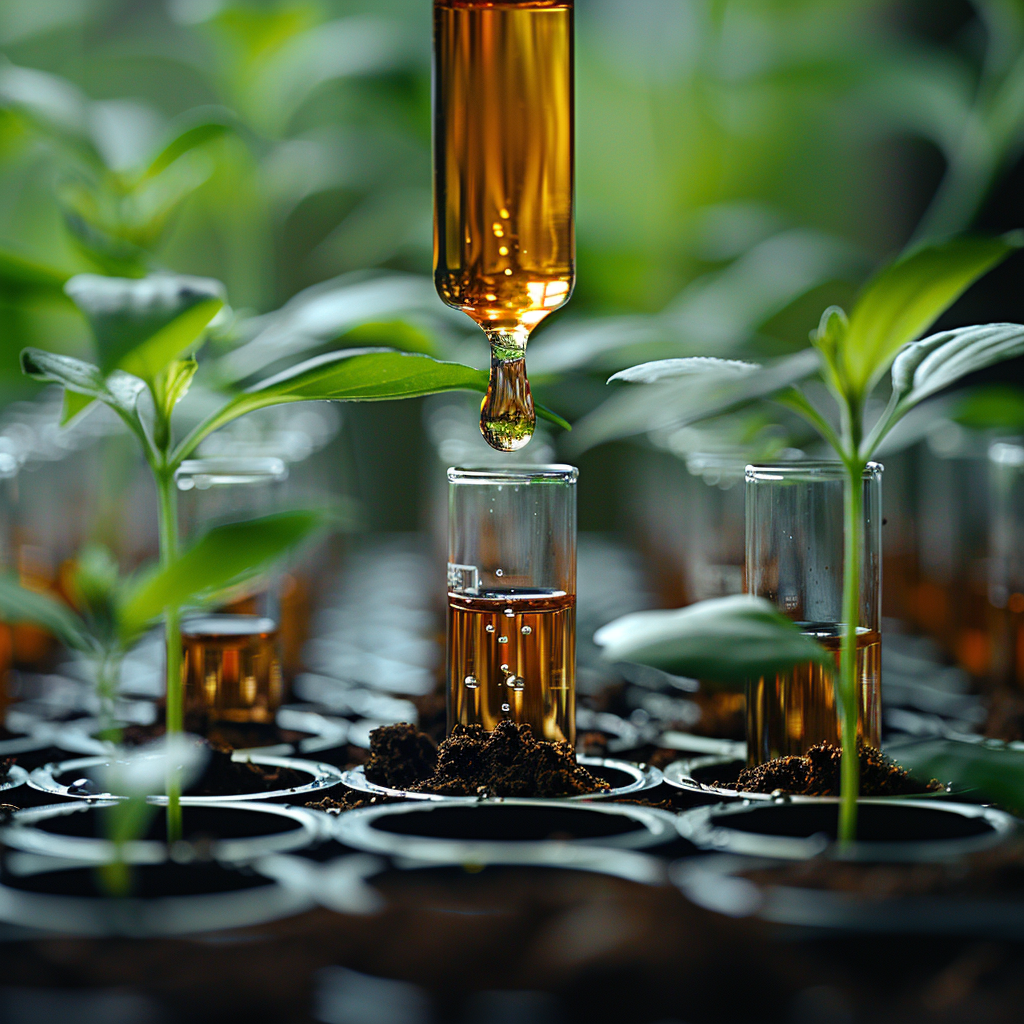
Soil testing isn’t just a formality before installing septic systems; it’s vital for protecting the environment. The tests look at soil texture, structure, how it holds together, and how fast water moves through it. These factors are key to figuring out how well the soil will clean wastewater. Soil testing checks that the planned septic system will work according to environmental laws, which aim to keep water safe and people healthy.
Required Documentation and Standards for Soil Assessment
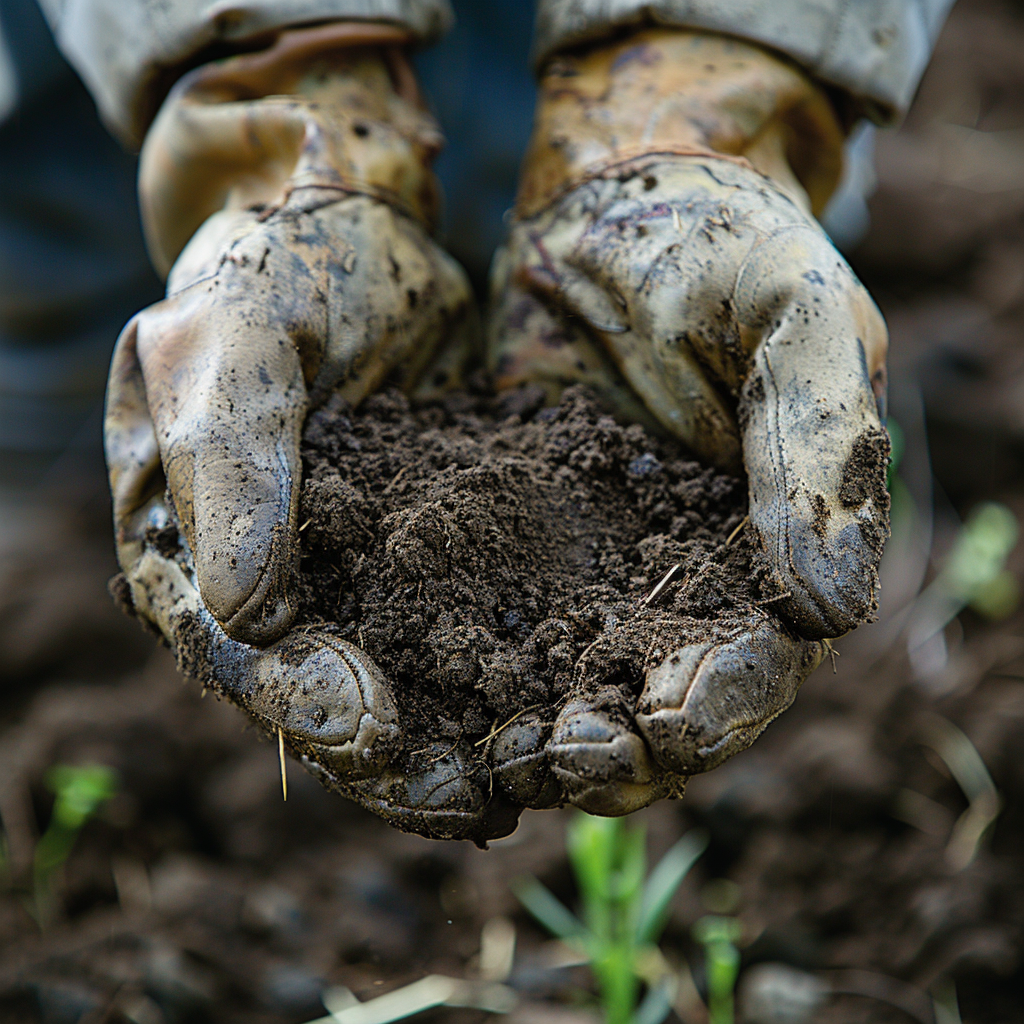
If you’re looking to install a new septic system, you’ll have to tick all the boxes on a certain list of required documents and standards. To start off, you’ve got to have a thorough report that dissects your soil’s qualities. This needs to match up with both the local laws and the big rules set by groups like the Environmental Protection Agency (EPA) or state environment teams. Sticking to these rules is a big deal because it means your septic system won’t cause trouble for nature or people’s health.

I’m Tim Robberts, a seasoned wastewater treatment & septic system expert with over 40 years of experience in the field. My career began as a septic tank installer, and I quickly gained a reputation for my attention to detail and commitment to excellence. Over the years, I’ve honed my skills in designing, installing, and maintaining septic systems for residential and commercial properties.
